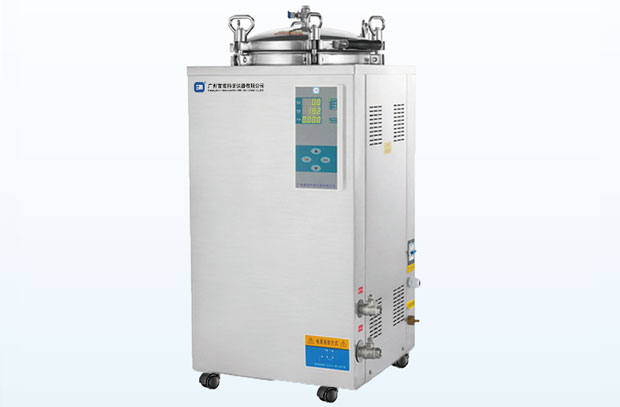In the packaging testing instrument industry, especially in the food, beverage, medical device, and cosmetic sectors, the long-term safety and stability of products are fundamental to a brand's survival. Simulating stringent sterilization and storage environments, and anticipating potential packaging risks, has become a crucial challenge for manufacturers. Against this backdrop, the high-temperature sterilization process and its core testing equipment— the high-temperature sterilizer —play an indispensable and critical role.
What is the core function of high-temperature steam sterilization under counter-pressure?
In simple terms, backpressure high-temperature sterilization is a process that uses high-temperature, high-pressure saturated steam to sterilize packaged products while simultaneously ensuring the integrity of the packaging container through precise backpressure control. Its core functions are twofold: first, to achieve thorough sterilization; and second, to maintain the shape of the packaging.

Many food products (such as canned meat, porridge, and soup) and medical devices require prolonged sterilization at 121°C or even higher to ensure the complete elimination of all microorganisms, including heat-resistant bacterial spores. However, during high-temperature heating, the vaporization of liquid and expansion of air inside the packaging (cans, bottles, bags) generate enormous internal pressure. If the external environmental pressure is insufficient to balance this internal pressure, the packaging container may deform, burst, or the seal may crack, leading to product leakage and contamination. Counter-pressure high-temperature sterilization kettles effectively counteract this internal expansion pressure by injecting additional compressed air into the sterilization chamber, creating an environmental pressure higher than the saturated vapor pressure. This allows the packaging to maintain its perfect geometry and seal even after undergoing high-temperature sterilization.
Why must the packaging industry rely on high-temperature sterilization autoclaves ?
For packaging manufacturers, investing in high-temperature sterilizing cookers is no accident, but rather a result of deep consideration of product quality and brand reputation.
First, it serves as a "gatekeeper" for product safety upon market launch. Any packaged product requiring high-temperature sterilization must pass this rigorous simulation test during its research and development and quality inspection stages. By using a reverse-pressure high-temperature sterilizer , companies can precisely verify whether existing packaging materials (such as plastic film, aluminum foil, and caps) and structural designs can withstand the challenges of a real sterilization process and subsequent logistics. It effectively exposes potential defects in packaging under extreme conditions, such as weakened seals, material delamination, and deformation, thereby guiding companies to optimize packaging solutions and avoid the risk of large-scale recalls due to packaging failure.
Secondly, it is a key tool for extending product shelf life and expanding market reach. After undergoing high-temperature sterilization under pressure, the product reaches a commercially sterile state, meaning that it can be stored at room temperature for extended periods without spoiling within sealed packaging. This allows companies to sell their products to more distant markets, reduce reliance on cold chain transportation, and significantly expand business possibilities. Without rigorously validated packaging, none of this would be possible.
Third, it is a necessary requirement to comply with international standards and regulations. Food and drug safety regulatory agencies in many countries and regions around the world have specific requirements for the sterilization processes and packaging integrity of certain products. Owning a compliant high-temperature sterilizer and conducting rigorous factory inspections is a necessary means for companies to fulfill their quality responsibilities and provide evidence of compliance. Relevant test data also serves as strong evidence to respond to customer inquiries and market supervision.
In conclusion, the high-temperature retort apparatus is far more than just a simple heating and sterilization device; it is a precision testing instrument in the modern packaging industry that ensures safety, enhances value, and mitigates risks. It perfectly combines the physical principle of "reverse pressure" with the chemical sterilization process of "high-temperature cooking," setting the highest standards for packaging safety and reliability. For any company committed to producing high-quality, long-shelf-life products, incorporating high-temperature retort sterilization into its core quality control processes and equipping it with advanced and reliable testing equipment is a wise strategic choice for building a brand moat and winning lasting consumer trust.









